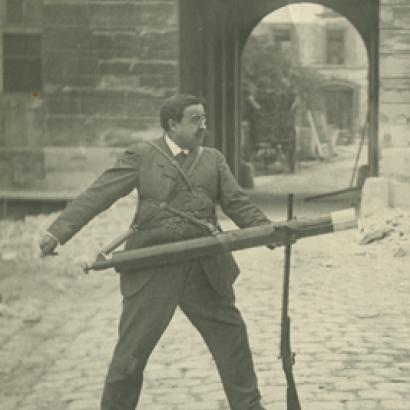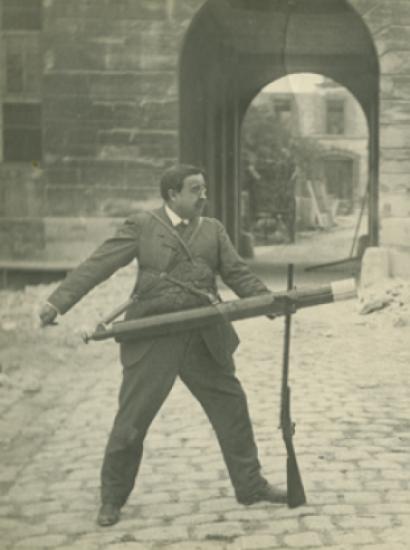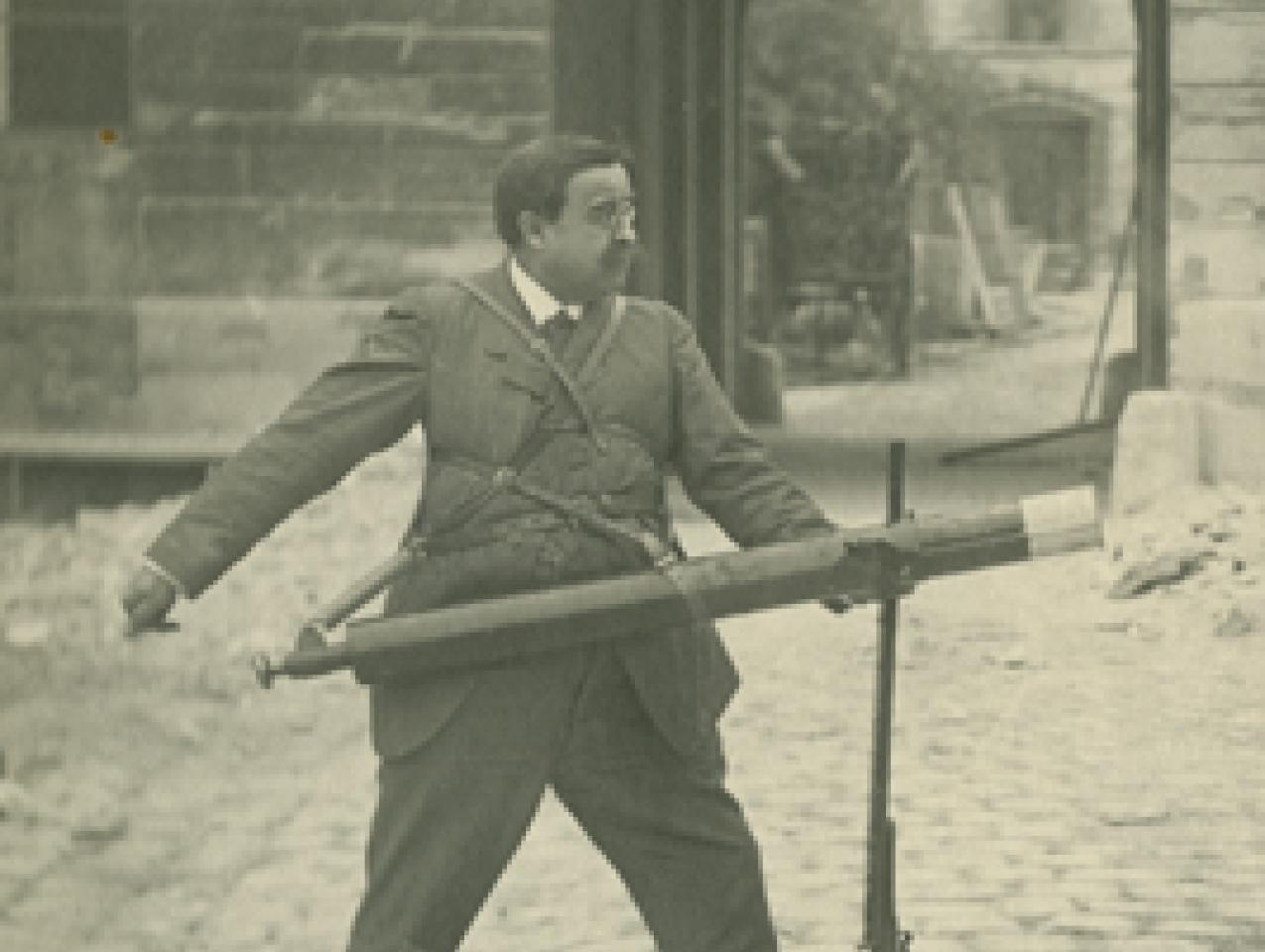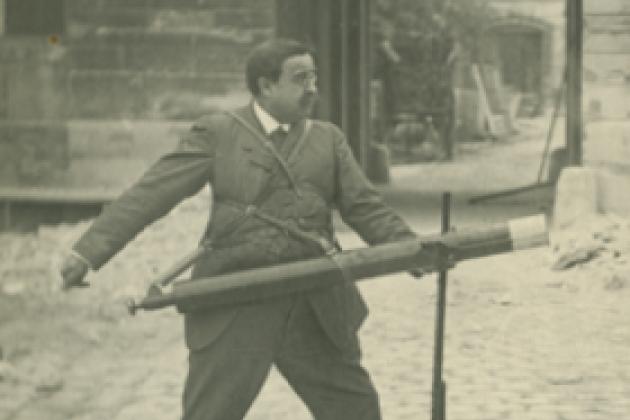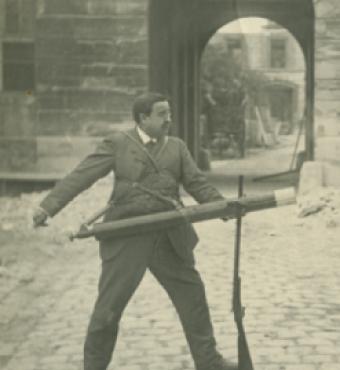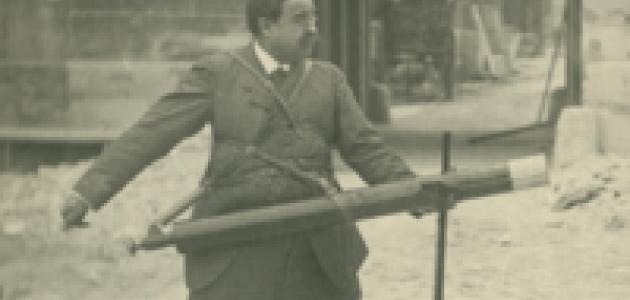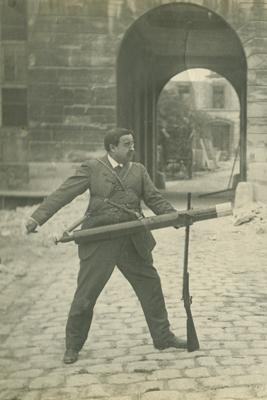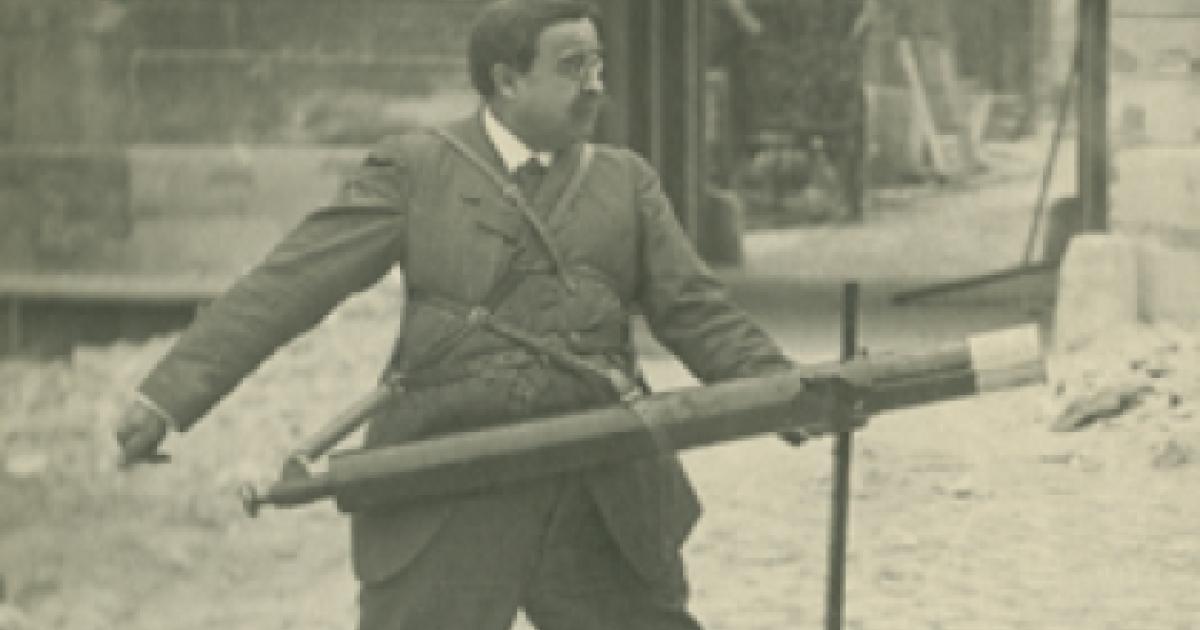- History
- Military
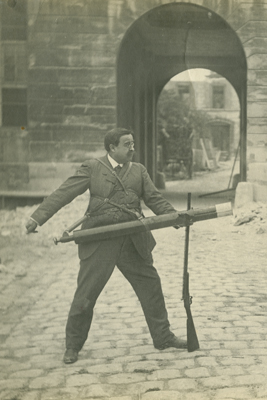
The only thing that is predictable in warfare is its unpredictability. As soon as experts, general staffs, and politicians decide what they believe will be the nature of the next war in order to prepare for it properly, an entirely different kind of conflict happens. The witness of history is so uniform in this regard that it needs to become a general law of warfare: The war we expect and plan for is never the one we’re called upon to fight.
When Napoleon invaded Spain in 1808 he assumed that after destroying the Spanish army in one or two decisive battles, the Spanish people would capitulate and accept his brother Joseph Bonaparte as their king. Instead he was swiftly sucked into a six-year insurgency campaign that left a quarter of a million Frenchmen dead and wounded and eventually opened the way for the Duke of Wellington’s invasion of France from the southwest in 1814. “That unfortunate war destroyed me,” Napoleon lamented in exile on St. Helena the following year, “it divided my forces, multiplied my obligations, undermined morale... All the circumstances of my disasters are bound up in that fatal knot.” Similarly he had no idea of going all the way to Moscow when he embarked on his 1812 campaign against Russia; he hoped to fight a major battle on the border, and not get lured further and further into the depths of enemy territory.
Almost all the British wars of the 19th century turned out wildly different than expected. So confident was the War Office during the opening stages of the Crimean War that it would be over before the bad weather descended, that it failed to assign proper winter clothing for the army, which froze as it settled down to a year-long siege of Sevastopol in 1854-55. The soldiers’ invention of the woolen “balaklava” helmet to keep the ears and chin warm derived from this act of over-confidence and incompetence.
It similarly came as a shock to the Victorian public that the Indian Mutiny of 1857-58 proved so hard to put down, and that the Zulus were able to inflict a crushing defeat on the British Army in the opening stages of the Zulu War of 1879. Assumptions of racial superiority were part of both those miscalculations, of course, but the Martini-Henry rifle was considered so superior to the Zulus’ assegai spears and cowhide shields that immediate victory was taken for granted. By the time of the arrival of the Maxim and Gatling machine-guns at the end of that century, policy-makers were making equally as hyperbolic statements about the nature of future warfare as any present-day aficionados who write of the coming dominance of cyber, drone, and satellite warfare. Yet in the Boer War, despite having machine-guns, the British suffered defeat after defeat in the Black Week of December 1899, and in the end it took a quarter of a million Empire troops three years to subdue the two tiny Boer republics.
In retrospect it seems astonishing that anyone could have thought that a clash between the Central Powers and the Allies during the First World War would, as the famous phrase went, “all be over by Christmas,” but many professional strategists did, even in the Royal United Services Institute. To read their deliberations between 1902 and 1914 in the RUSI Journal, it’s clear that many senior figures thought the coming war would essentially be a refighting of the Boer War, with the Germans playing the part of the Boers. Although several did predict the part that barbed wire, trenches, and railways would play—helped of course by the experience of the American Civil War—this time they underplayed the importance of the machine-gun, which had been so overplayed in the Boer War.
The assumption that mass artillery bombardments of no-man’s land would inevitably blast away the barbed wire there led to the horrific losses on the first day of the Somme Offensive on July 1, 1916, when it turned out that it hadn’t. If one had asked most experts in August 1914 which weapon was likely to make the greatest difference to the course of warfare in the 20th century, they would most likely not have answered tanks, fighter-planes, or machine-guns, but instead dirigibles and submarines. For all we know, drones and satellites might be the Zeppelins of the future.
Similarly, before the outbreak of the Second World War, the new technology that allowed massive destruction of cities completely skewed policy-makers’ decisions. On November 10, 1932 the British prime minister, Stanley Baldwin, told the House of Commons: “I think it is well also for the man in the street to realize that there is no power on earth that can protect him from being bombed. Whatever people may tell him, the bomber will always get through … When the next war comes, and European civilization is wiped out, as it will be, and by no force more than that force, then do not let them lay blame on the old men.”
The British Chiefs of Staff expected there to be 600,000 casualties in London in the opening weeks of the German bombing offensive, and were relieved when the city suffered only a fraction of that during the whole war. Although of course the bombing of cities did play a large part in the war’s outcome, it was boots on the ground in Germany that ended the European part of the conflict, and Civilization was not “wiped out.” The weapon that eventually ended that war had not been predicted by a single military expert when it began, for the simple reason that the nuclear bomb was a mere scientific theory at the time.
During the Cold War an enormous amount of time, money, resources, and effort was (rightly) put into countering a massive Soviet tank offensive across the northern German plain, which never happened. As that threat was being contained in Europe, too much faith was put by the American armed forces in their massive technological superiority over the North Vietnamese Army and Viet Cong, at least at the start of that conflict. The role that the jungle and public opinion back home would play in that war was underplayed in its initial stages, just as the supposed combat readiness of the Iraqi National Guard was hugely overplayed in the First Gulf War, with some commentators even predicting that Baghdad would become “another Stalingrad” in the Iraq War. Thirty years earlier, although military technology was vital for the British victory in the Falklands War, the islands weren’t liberated until British boots on the ground there replaced Argentinian ones.
The assumption that the next conflicts will be all about drones, satellites, and cyber warfare, let alone decided by them, rests on the shaky basis that human ingenuity will not come up with new ways of shooting down drones, neutralizing satellites, and countering cyber-attacks. For every weapon ever created since the dawn of time, a better weapon has been developed to overcome it, and there is no reason to suppose the process will end with our generation. Indeed with the exponential increase of scientific invention it is reasonable to assume that within a few decades drones, satellites, and cyber-warfare will be thought of as legacy technology.
With counter-insurgency the story might be different. The billeting of an enemy army in one’s nation’s capital was for many centuries considered the very definition of ultimate defeat, but not in the past two. Napoleon captured both Madrid and Moscow, the British burned down the White House, the Germans captured Paris in 1940, the Americans took Kabul in 2001 and Baghdad in 2003. As Max Boot’s excellent recent book on guerrilla warfare, Invisible Armies, reminds us, none of those wars ended there. Yet he also points out in a detailed statistical analysis that of the 443 insurgencies he has identified around the world, insurgents succeeded in 25.5% of them, while incumbents won in 63.6%, with the other 10.8% being draws of some kind. Victory against guerrillas “requires the application of violence and coercion but in carefully calibrated and intelligently targeted doses,” he says, which often also requires boots on the ground.
While it is unlikely that drones, cyber-warfare, counter-insurgency, and satellite technologies won’t play some part in coming conflicts, and no-one would deny that technology is revolutionizing the battlespace in the air, at sea, and on land, in the final analysis it is 20th-century style conventional military assets that enforce the victory. History suggests that it would thus be very dangerous indeed not to have balanced, flexible armed forces—conventional, nuclear, cyber, and everything else—because each underpins the others. A good balance could also allow a future war to escalate—such is human nature that they always tend to escalate at the beginning—in such a way that is manageable, rather than obliging the West to enforce a “Nuclear Tripwire” as was the case in grand strategy of the 1950s and 1960s. By hollowing out America’s armed forces as the present defense cuts are doing, the Obama Administration is presenting its successors with fewer options, and less time to consider the ones it has, in any future conflict. That is profoundly irresponsible.
With the relative retreat of America and advances of Russia and China militarily, state-on-state conventional warfare seems much less inconceivable now than it has done in recent years, and counter-insurgency, which just a decade ago the politicians assumed was the only game in town, is now of far less relevance since President’s Obama’s twin-scuttle from Iraq and Afghanistan (although it could make a resurgence if President Putin invades eastern Ukraine at any stage, let alone western Ukraine). A glance at history proves that those embarking on wars are almost always woefully bad at predicting their nature, extent, length, and even outcome. To assume today, therefore, that drones, cyber-warfare, counter-insurgency, and satellite technologies will decide the next war, is to fall into precisely the same trap as so very many of our predecessors.







